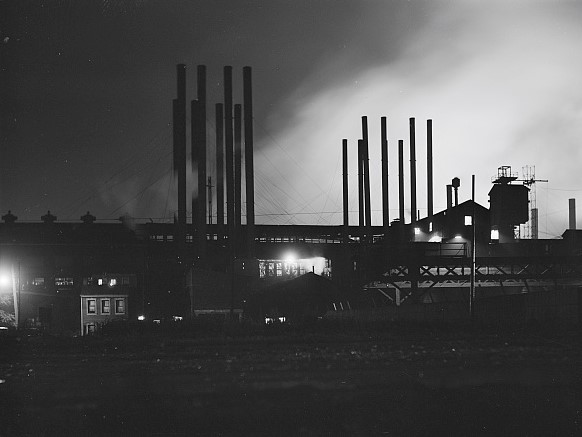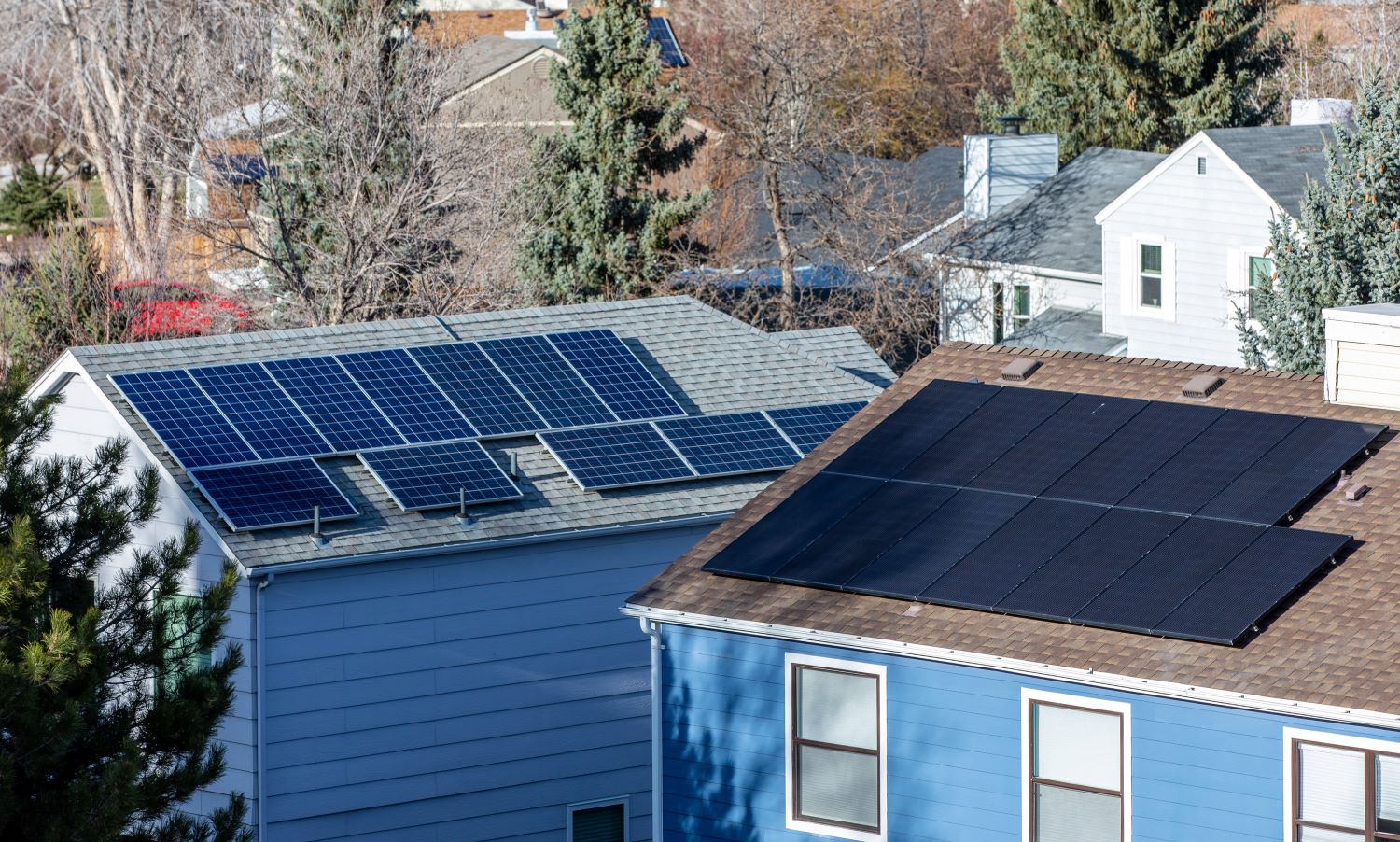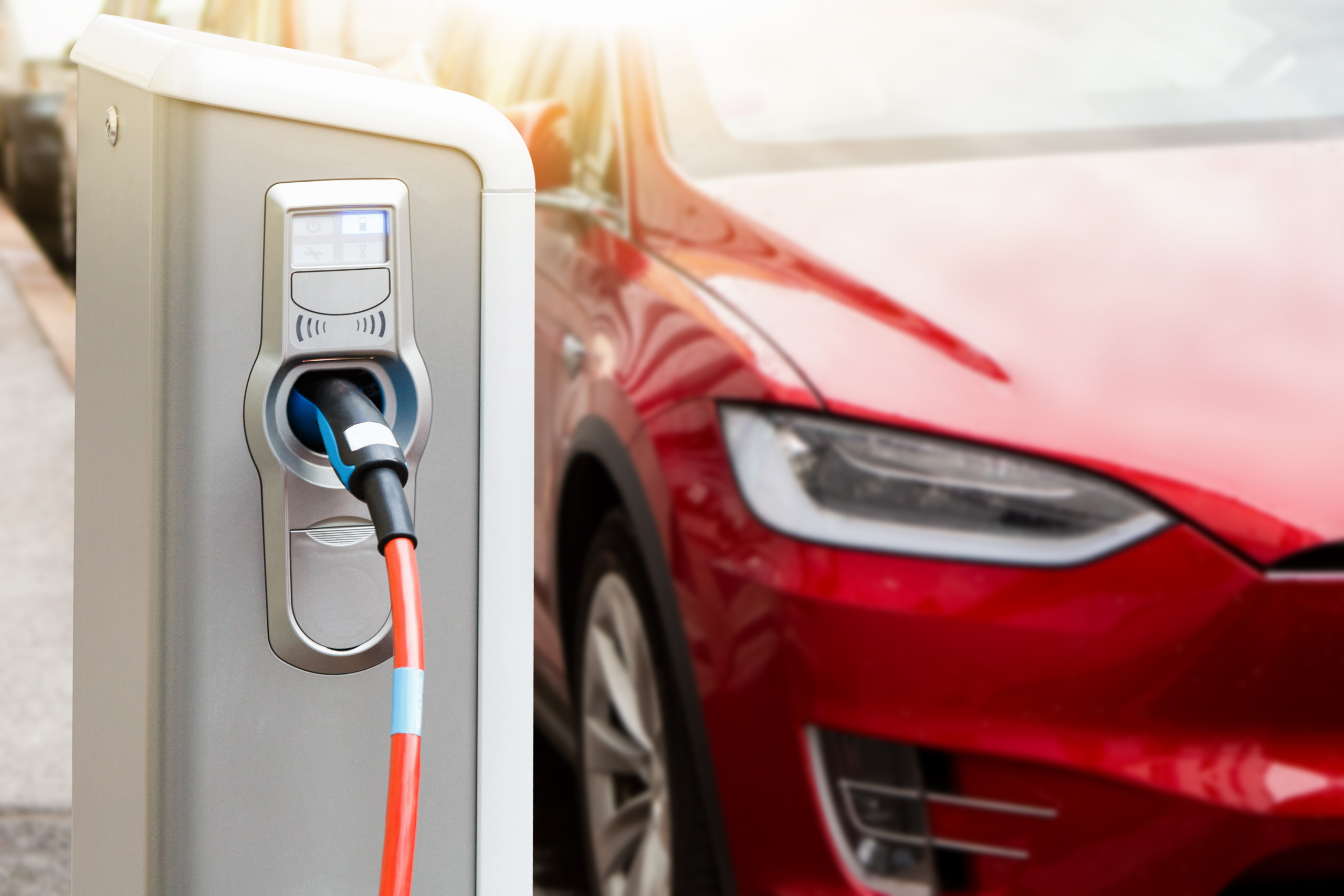
Can We Make Environmental Peace with Car Culture? After Yesterday, Probably Not.
There is a better way. And if the auto industry’s short-sighted and ham-handed attack on tailpipe emissions standards helps the rest of us to visualize it more quickly, and commit the necessary resources to the task, perhaps we will one day come to see a silver lining in an otherwise dark and cloudy day.
In 1969, a bill was introduced in the California state Senate to ban the sale of new internal combustion engine vehicles. California was choking on smog, the environmental movement was rising, and lawmakers were looking to act.
The automakers thought the bill was a joke and ignored it. They weren’t laughing when, a few months later, it overwhelmingly passed the state Senate and fell just one vote short of making it to the floor of the state Assembly.
The following year, U.S. Senator Gaylord Nelson, the founder of Earth Day, proposed federal legislation to ban internal combustion cars. Like the California proposal, it never became law. Later in 1970, however, Congress adopted the federal Clean Air Act, paving the way for decades of improvements that have made cars vastly cleaner.
Yesterday, that progress toward cleaner cars hit a pothole when EPA Administrator Scott Pruitt announced his agency’s intention to roll back greenhouse gas and fuel economy standards adopted by the Obama administration. More ominously, Pruitt threatened the continued ability of California (and the 12 other states that have adopted California’s emissions rules) to enforce tougher emissions standards for cars and light trucks – a dramatic change to nearly 50 years of precedent under the Clean Air Act.
The EPA’s decision will be challenged in the court of law and in the court of public opinion. But it raises the question of whether the pathway many environmentalists have seen as the surest, swiftest way to take on America’s Climate Enemy #1 – greenhouse gas emissions from transportation – is still viable. Or, whether we instead need to explore strategies that go deeper – that challenge the underlying assumptions of our transportation system and the ways in which we organize ourselves to live.
The question of whether America’s “car culture” in general, and the internal combustion engine in particular, can exist alongside a healthy environment is one that has lurked beneath the surface of environmental debates for decades.
Perhaps the most unwittingly powerful arguments against the environmental redeemability of the gasoline-powered car have been made by the auto industry itself. As the smog thickened in America’s cities in the late 1960s and early 1970s, automakers argued that making cars that didn’t spew smog-forming chemicals was just too hard. Lee Iacocca, then executive vice president of the Ford Motor Company, claimed in 1970 that strong federal air pollution limits “could prevent continued production of automobiles.”
As Jack Doyle writes in his book, Taken for a Ride, which describes the surprisingly fascinating history of automobile emissions regulations,[1] automakers had to be dragged kicking and screaming into every successive tightening of emissions regulations – at every step arguing that cleaner air was inconsistent with their ability to sell vehicles their customers wanted and could afford. But Iacocca’s prediction that clean air laws would mean the demise of the auto industry proved to be wrong. Dead wrong.
It turns out that if you set high technological standards for an industry, and then enforce those standards, innovation happens. Engineers get busy. Cars get cleaner, the air gets healthier, and automakers continue to be able to sell vehicles. As we documented in a 2010 report with Environment California Research & Policy Center, clean car standards had cut the total amount of automotive air pollution in California by 85 percent since 1975 – despite increases in the number of cars on the road and the number of miles driven.
It was not unreasonable to believe that a similar approach could be applied to the defining environmental and public health problem of our time: global warming. Indeed, it has long been true that it is technologically possible to deliver safe, comfortable travel in reasonably sized vehicles that consume a fraction of the fuel we currently use to power our cars.
And so, in the early 2000s, the California legislature again considered a ground-breaking bill, a proposal by then-Assemblywoman Fran Pavley to apply California’s authority to regulate vehicle emissions to the greenhouse gases coming from tailpipes. As was the case three decades before, few took the idea seriously at first. But unlike three decades earlier, this proposal actually passed.
States across the country moved to adopt California’s standards. (I’m proud to say that we at Frontier Group played a modest supporting role in some of those efforts.) And in 2009, with the auto industry on the brink of collapse, the Obama administration brokered a deal by which the Clean Cars Program would be adopted nationwide – putting the nation’s automobile fleet on a steady course of environmental improvement through at least 2025.
Some hoped that a new day had dawned – that an automobile industry that had been so badly burned by its mid-2000s infatuation with SUVs would come to realize that its long-term survival depended on taking a “high road” approach: one of continual technological improvement, a steady but sure transition to zero-emission technologies, acceptance of environmental realities including climate change, and cooperation rather than foot-dragging in regulatory matters.
The events of Tuesday give lie to that promise. The auto industry – echoing Lee Iacocca five decades earlier – has told us in effect that no, it does not believe that the vision of automobility that undergirds its chosen business model is consistent with a healthy environment and a livable climate. And it has told us that, when there is a choice to be made between the two, short-term profits will always come before the broader public interest.
(Some manufacturers have expressed concern that the Trump administration may go too far in its war on auto emissions standards in ways that will create headaches down the road. But clearly, they should have known with whom they were dealing. If you send a three-year-old into a house with a flamethrower and a can of gasoline, you can’t be surprised when the house goes up in flames. Nor can you dodge responsibility for the results.)
All this should leave those of us who care about the climate pondering our next move. Clearly, defending the existing standards remains a priority, and the Trump administration’s penchant for overreach leaves defenders many avenues for effective action.
But with time running out to cut carbon pollution, and the vision of a “high road” approach by automakers now receding into the rear-view mirror, it is imperative that we activate Plans B, C, D and E. Or, even better, that we consider deeper, more holistic approaches that harness the growing number of technological and other tools in our toolbox to achieve a transformation from an inherently wasteful transportation system to one with the potential to be in sync with a livable climate and healthy air and water.
Our auto-dominated transportation system is already unnecessarily deadly and destructive, regardless of which fuel we put in the tank or what comes out of the tailpipe. While we have succeeded in curbing air pollution from vehicles, we haven’t solved that system’s myriad other environmental problems, from habitat destruction to road runoff to materials consumption. Meanwhile, that same auto-dominated system, as we have argued in our transportation policy work for years, leaves many of us poorer, sicker and more miserable than we might otherwise be.
There is a better way. And if the auto industry’s short-sighted and ham-handed attack on tailpipe emissions standards helps the rest of us to visualize it more quickly, and commit the necessary resources to the task, perhaps we will one day come to see a silver lining in an otherwise dark and cloudy day.
[1] Doyle’s book is also the source of the anecdotes about early attempts to ban internal combustion engine vehicles at the beginning of this post. It is also, for a book about regulation, a fun and compelling read.
Topics
Authors
Tony Dutzik
Associate Director and Senior Policy Analyst, Frontier Group
Tony Dutzik is associate director and senior policy analyst with Frontier Group. His research and ideas on climate, energy and transportation policy have helped shape public policy debates across the U.S., and have earned coverage in media outlets from the New York Times to National Public Radio. A former journalist, Tony lives and works in Boston.
Find Out More

Beyond the politics of nostalgia: What the fall of the steel industry can tell us about the future of America

Let us now praise rooftop solar: A tale from New England

Automakers could have learned to build EVs. They paid Tesla to do it instead.

